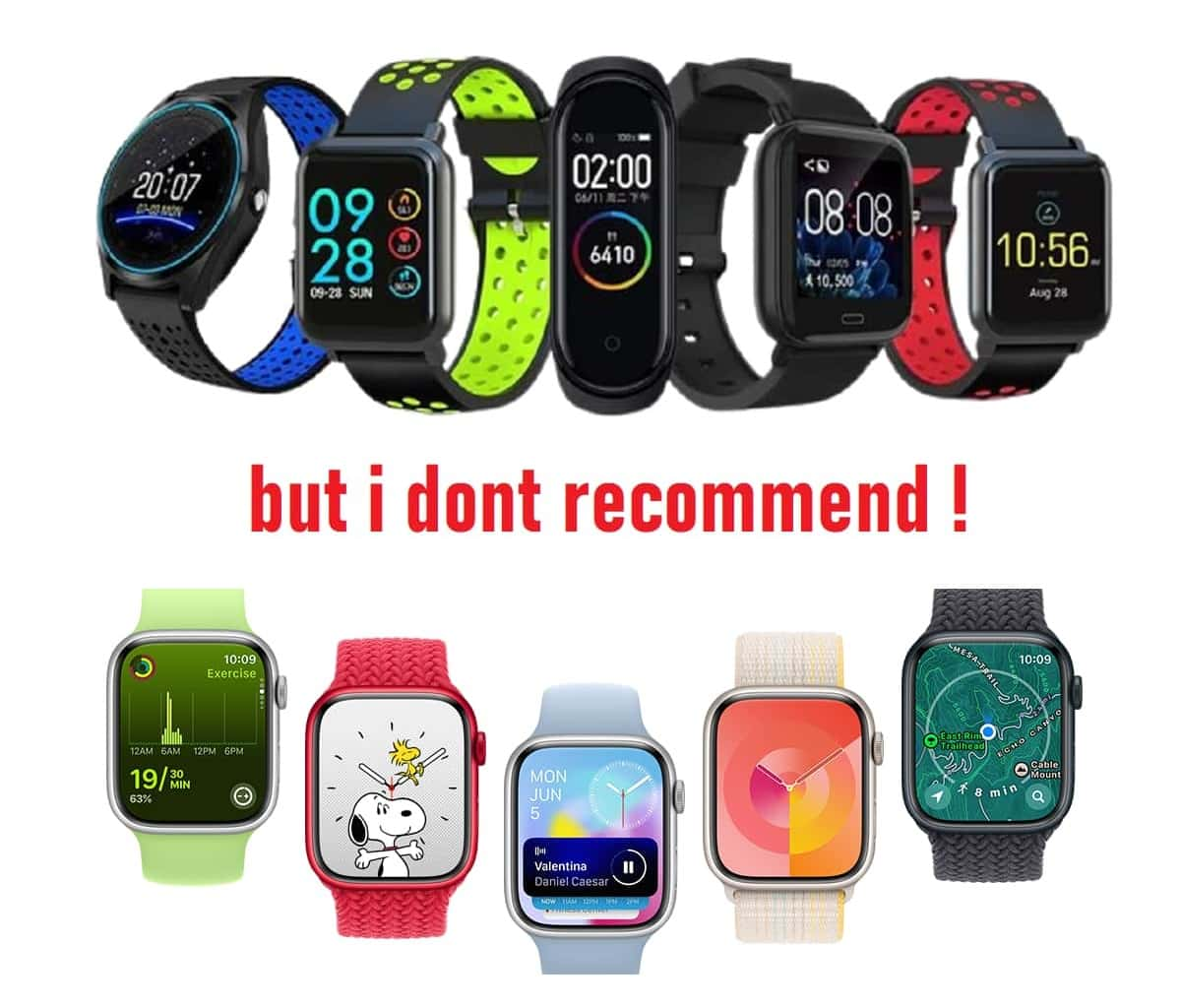Smartwatches have surged in popularity in recent years as useful wrist-worn companions to smartphones. However, most smartwatches tend to have relatively short lifespans of 3-5 years before needing an upgrade. There are several factors that contribute to the limited usable life of the average smartwatch.
Rapid Pace of Technological Improvements
- Smartwatch technology is still in its early stages and advancing rapidly.
- Companies release new models yearly with improved processors, displays, sensors, and features.
- Consumers want the latest innovations, so older smartwatches start feeling obsolete quickly.
- The pace of advancement leads many to upgrade frequently to stay current.
Battery Degradation Issues
- Smartwatches rely on relatively small lithium-ion batteries to power their hungry electronics.
- Repeated charging cycles cause these batteries to degrade over time.
- After 2-3 years, usable battery life drops substantially on most smartwatches.
- Replacing tiny smartwatch batteries can be difficult compared to smartphones.
Performance Declines Over Time
- Like any electronics, smartwatch processors and memory chips slow down after years of intensive use.
- Laggy performance, app crashes, and unresponsiveness start occurring as the hardware ages.
- Newer apps and OS updates also demand faster processors than an older smartwatch can deliver.
Scratches, Dents, and Wear
- Smartwatches are worn all day and subject to bumps, dings, and everyday wear.
- Their screens are particularly vulnerable to scratches and cracks from impacts.
- Even small cosmetic damage can make a watch feel tired and ready for replacement.
Lack of Repairability
- Smartwatches aren’t designed to be easily repaired or serviced like traditional watches.
- Their challenging size and compact construction make DIY repairs impractical for most owners.
- Replacing internal parts like batteries requires almost complete disassembly.
- It’s often cheaper to just upgrade than attempt a repair.
Limited Water Resistance
- Most smartwatches only have water resistance up to 3-5 ATM.
- Exposing them to greater depths than that can damage seals and gaskets.
- This vulnerability to water reduces their durability for active lifestyles.
Evolving Fashion Preferences
- Aesthetic tastes change over time when it comes to smartwatch styles and colors.
- What once looked sleek and modern can start to seem dated and ready for a refresh.
- Personal tech is also a fashion statement, so updating often brings stylistic appeal for some consumers.
In summary, smartwatches tend to have shorter usable lifespans than traditional watches. But there are some steps owners can take to extend the longevity of their smartwatch investment:
- Charge carefully within ideal voltage range to protect the battery.
- Avoid exposing the watch to excessive impacts and water.
- Upgrade software and apps regularly to keep performance crisp.
- Accept some cosmetic flaws that don’t affect functionality.
- Have the battery replaced when it degrades substantially.
Following smartwatch care and maintenance best practices can help you get the most mileage from your smartwearable. But ultimately, the pace of innovation and fragility of tiny electronics reduce the practical lifespan of most smartwatches.













